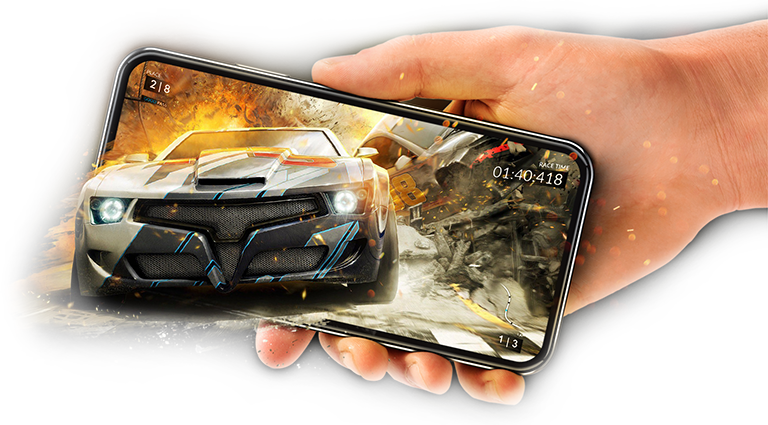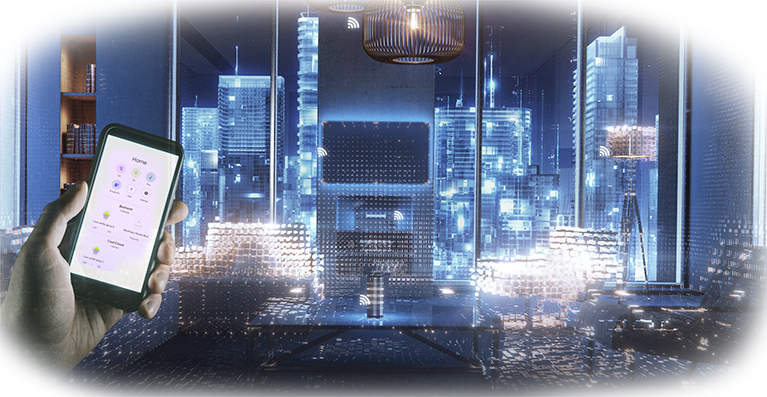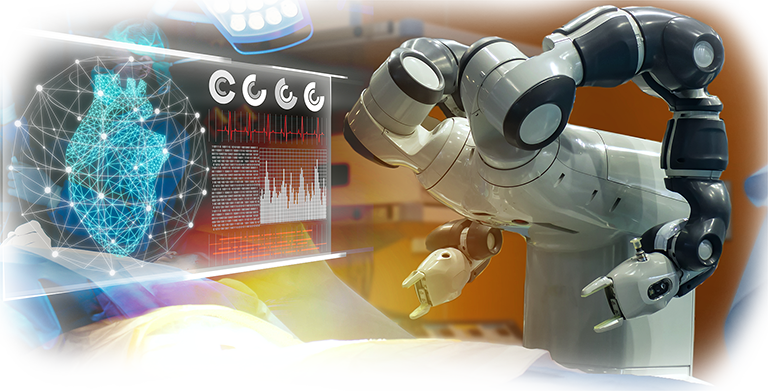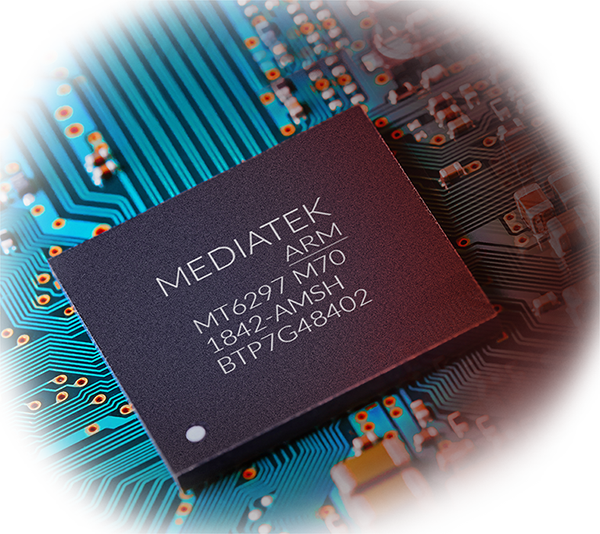Everything you need to know about 5G

5G is building on with a revolutionary growth in bandwidth, better use of wireless spectrum, and improved connection reliability that will not only improve existing use-cases but also provide essential flexibility and innovation space for new applications.
What's Inside 5G5G is the fifth-generation of mobile internet connectivity. It is actually three types of connectivity: eMBB (enhanced Mobile BroadBand), URLLC (Ultra Reliable Low Latency Communications) and mMTC (massive Machine Type Communications), rolled together in a single generation. 5G will enable faster data download and upload speeds, wider coverage and more stable connections.

Impact of 5G in our everyday life
Better Connection Reliability

-
5G enables much better spectral efficiency which means that the available wireless space is better used.
-
5G is designed to provide a larger capacity through better use of wireless air-space, so that people see no noticeable difference in user experience. For example, in crowded places such as shopping malls, airports, train stations, sports stadiums.
Smart Cities

-
Sensors and cameras will make up the bulk of the data gathering, and then cellular connectivity such as NB-IoT will relay it to a Cloud service for collection and digestion. This forms just part of the billions of devices that are expected to join the IoT ecosystem in the next decade.
Game Streaming

-
Instead of rendering the game on the smartphone itself, game streaming services instead do the heavy lifting remotely and stream the display output to devices instead. This reduces the pressure on the smartphone, while simultaneously opening up many lower-performance smartphones, or even other devices like smart TVs, to be able to play games with high-end graphics.
-
It will also offer other advantages such as being able to pause a game on one device and seamlessly continue playing it on another.
Fixed Wireless Access (FWA)

-
A big market opportunity for 5G is in replacing your home broadband. Termed Fixed Wireless Access (FWA), this essentially is a device you plug in anywhere at home that converts a fast 5G connection into home Wi-Fi/Ethernet, letting all your Wi-Fi only devices – laptops, tablets, smart TV, smart appliances, doorbell, security cameras, games console have the benefits of multi-Gigabit bandwidth 5G offers.
-
For remote villages or developing countries., where internet services are sparse or difficult to wire, 5G could be the gateway to internet availability for the very first time.
Growth of Remote Interactions and XR

-
The remote-service model yields a real potential for services such as tele-education, -office, -industrial robotics or -health services.
-
Tele-education could provide more real-time opportunities between students and teachers.
-
Office and industry can bring remote workers together to foster closer working relationships, operational efficiency and working assurances.
-
Tele-health provides several applications such as remotely providing medical services to at-home patients, reducing the burden on hospitals, or providing the mission-critical connection backbone for remote surgeries, where a field-specialist is using precision robotic arms whilst in another city or country.
-
XR describes the evolution of VR, MR and AR; a reality model that is not limited to the device but will continue to be an opportunity for future industries listed above. 5G’s flexible design should meet this type of highly application-specific criteria.
MediaTek Helio M70

The MediaTek Helio M70 is a multimode chipset with 2G/3G/4G/5G-enabled support. It supports 5G radio (NR), along with the standalone (SA) and non-standalone (NSA) network architectures, the sub-6GHz frequency band, high power user equipment (HPUE) and other key 5G technologies. It’s designed in compliance with the 3GPP Rel-15 new specifications with 5 Gbps data rate, leading the industry to support carrier aggregation. Delivering an improved experience for customers and end users, the MediaTek Helio M70 baseband chipset supports LTE and 5G dual connectivity (EN-DC) while also ensuring that mobile devices are backwards compatible with 4G/3G/2G in the absence of 5G networks.

